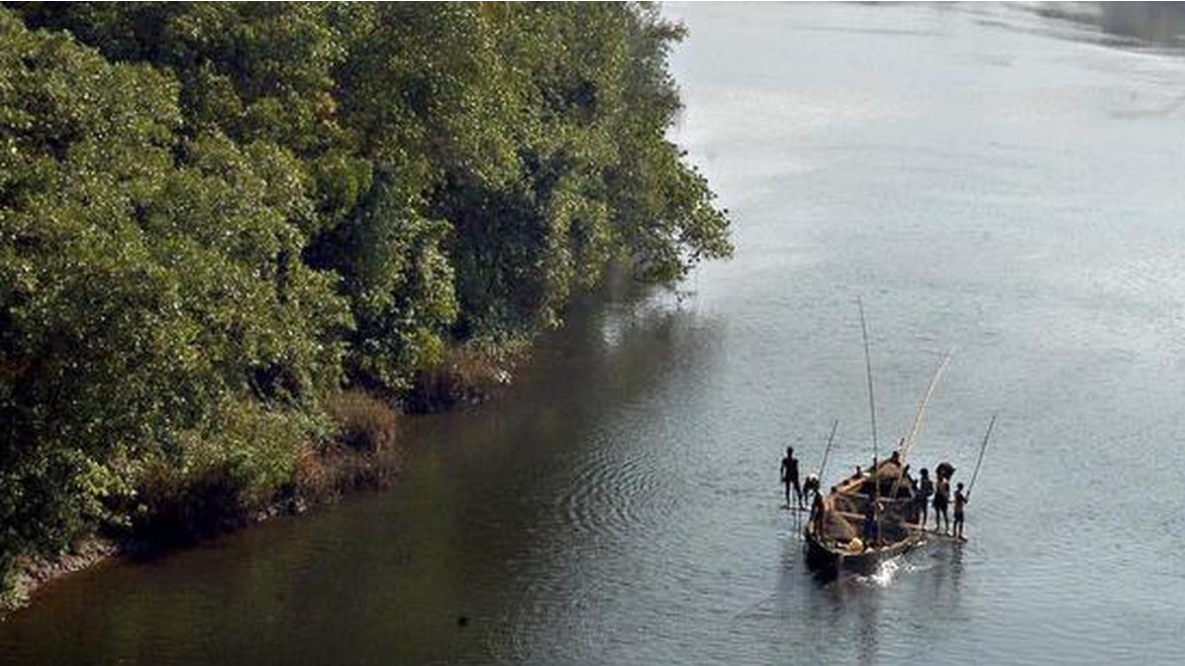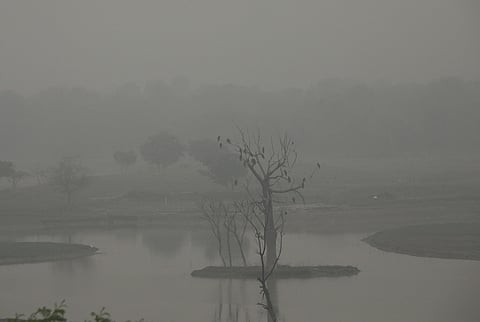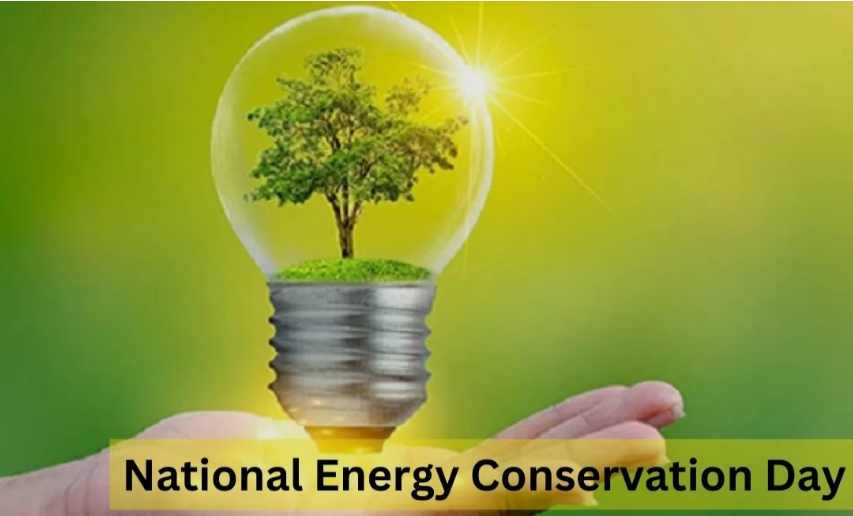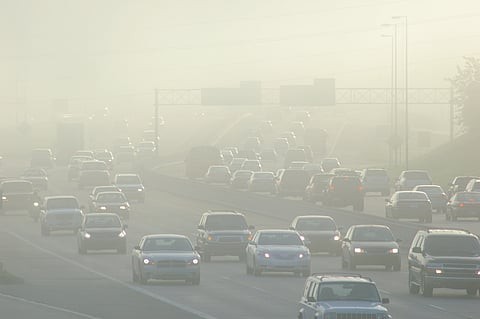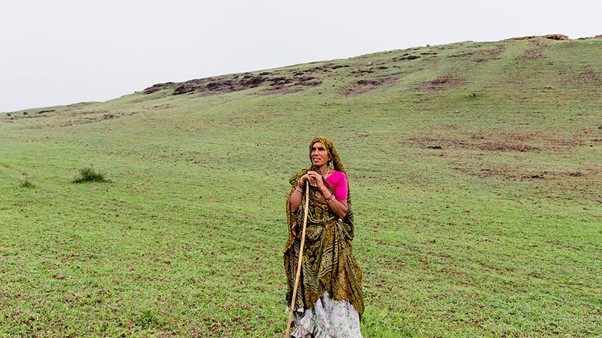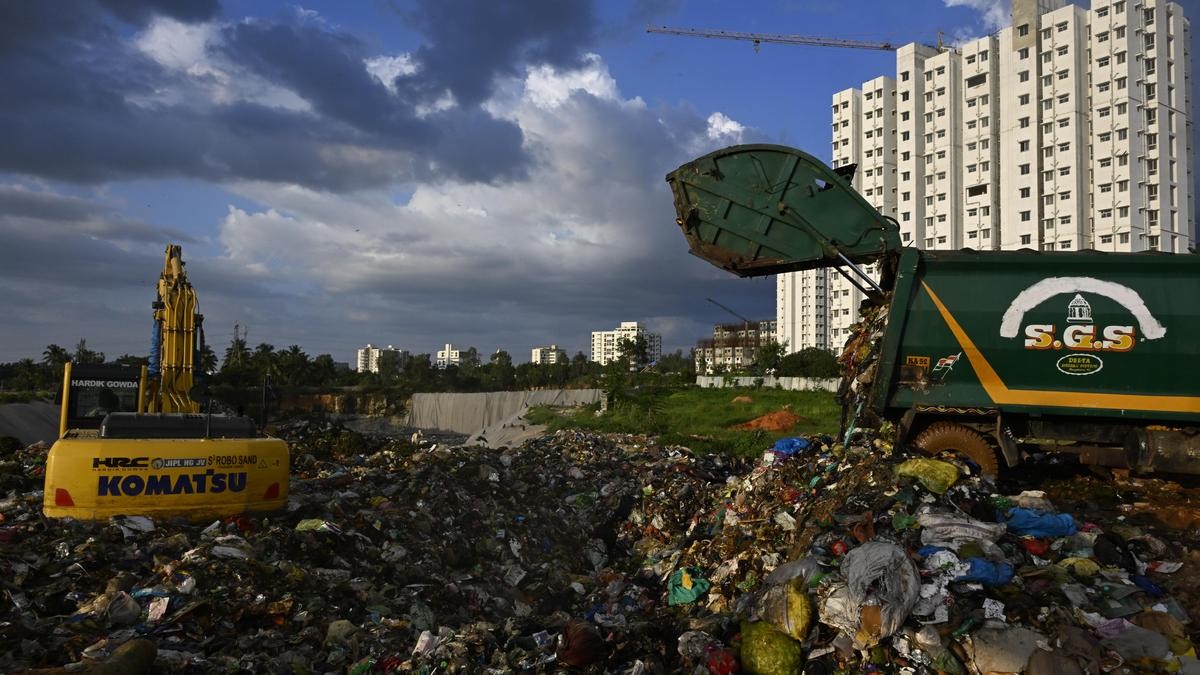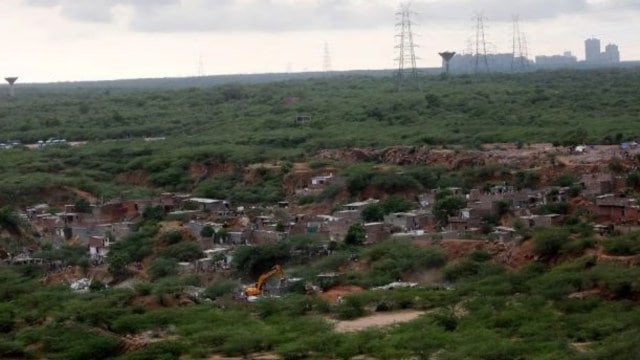Copyright infringement not intended
Picture Courtesy: The Hindu
Context:
A recent study by the CSIR–National Institute of Oceanography (NIO), Goa, and the Academy of Scientific and Innovative Research (AcSIR), Ghaziabad, has revealed alarming levels of microplastic contamination in commercial fish along the Goan coast. The findings indicate serious implications for marine life, fisheries, and human consumers.
What are Microplastics and Why are they dangerous?
Microplastics are tiny plastic fragments that enter water bodies from sources like discarded fishing nets, industrial waste, and urban sewage. These particles are consumed by small aquatic organisms and gradually move up the food chain, accumulating in larger animals — a process known as bioaccumulation.
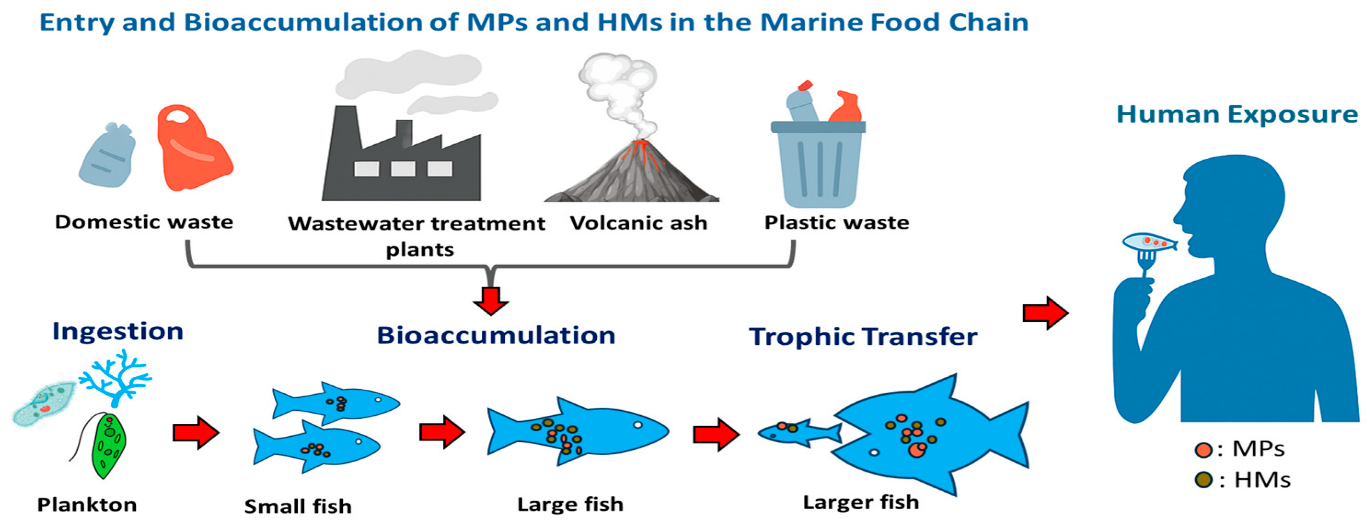
Copyright infringement not intended
Picture Courtesy: MDPI
Current status of microplastic pollution in India:
- India produces ~ 3 million tonnes of plastic waste annually; a large part contributes to environmental pollution. (Source: NDTV)
- In 2024, India is projected to emit ~391,879 tonnes of microplastics into waterbodies, making it one of the top contributors globally, after China. (Source: Down to Earth)
- A 3-year coastal survey (2022–25) by the National Centre for Coastal Research found declining levels of visible beach plastic litter, but microplastics persist significantly in estuaries, mangroves, coral reefs, (Source: esgtimes)
- In West Bengal (Digha) and Odisha (Puri), ~ 3–6.4 microplastic items per litre of sea water; sediments had ~ 173–190 items per kg. (Source: TOI)
- In Delhi, studies show microplastics are present in air particulate matter (PM10, PM2.5, PM1). In summer, exposure nearly doubles compared to colder months. (Source: NDTV)
Evolution of Microplastic Pollution in India:
|
Period / Phase
|
Focus Area / Stage
|
Key Developments
|
Major Findings
|
Policy / Institutional Actions
|
|
Before 2010
|
Awareness & Neglect
|
Minimal research; focus on visible plastic waste; no data on microplastics
|
Plastic pollution recognized only as solid waste issue
|
None — No official monitoring or regulation of microplastics
|
|
2010 – 2015
|
Initial Recognition
|
First academic studies in Mumbai, Chennai, Kochi
|
Microplastics detected in coastal sediments and near harbours
|
Scientific discussions begin; recognition of microplastics as a new pollutant
|
|
2016 – 2020
|
Expansion of Research (Marine & Riverine)
|
Studies across east & west coasts (Goa, Odisha, Kerala, Gujarat, Andamans); microplastics found in rivers like Ganga, Yamuna
|
Detected in seawater, sediments, and marine organisms; link between river discharge & coastal pollution
|
2018: NCCR launches National Coastal Litter Survey; 2019: Plastic Waste Management Rules revised
|
|
2020 – 2023
|
National Monitoring & Policy Focus
|
Detection in bottled water, salt, seafood, air; research on toxicity begins
|
Microplastics confirmed in human stool & air; identified sources — textiles, packaging, fishing gear
|
Implementation of Single-Use Plastic Ban (2022); CPCB, CSIR, IITs start coordinated studies
|
|
2024 – 2025
|
National Concern & Global Relevance
|
Large-scale studies along Goa, Visakhapatnam, and inland wetlands; air and groundwater contamination reported
|
~9.3 million tonnes of plastic waste annually; ~391,879 tonnes of microplastics released into waterbodies (2024); found in food, air, and fish
|
FSSAI launches project on “Micro- and Nano-Plastics in Food”; expanded Swachh Sagar Surakshit Sagar program; government acknowledges need for health-impact studies
|
Issues with Microplastic Pollution in India:
Environmental Contamination
- Microplastics have been found in air, soil, rivers, lakes, groundwater, and marine ecosystems across India.
- India releases an estimated 391,879 tonnes of microplastics into waterbodies annually (2024) — among the top 4 global contributors (Source: Down To Earth, 2024).
- A 2025 NCCR coastal survey found microplastics in 80% of sampled marine sediments along India’s coastline.
Impact on Aquatic Ecosystems
- Microplastics disrupt feeding, growth, and reproduction in fish and shellfish.
- In a study on Visakhapatnam coast (2024), all sampled seafood — fish, shrimp, and crabs — contained microplastics smaller than 120 µm.
- In West Bengal freshwater mussels, 81% of samples contained microplastics (Source: TOI, 2025).
- Microplastics absorb toxic chemicals like Polycyclic Aromatic Hydrocarbons (PAHs) and heavy metals, which enter the food chain.
Human Health Concerns
- Detected in bottled water, table salt, seafood, milk, honey, and vegetables in India.
- A study in Kerala and Maharashtra confirmed microplastics in human stool samples, indicating ingestion. (Source: The Hindu)
- According to FSSAI (2024), microplastics in food may cause immune dysfunction, endocrine disruption, and oxidative stress.
Economic and Livelihood Impacts
- Decline in nutritional quality of fish: 66 of 71 shellfish species studied in Goa showed poor nutrient content.
- Reduced consumer confidence in seafood could harm coastal livelihoods — India’s fisheries employ ~14 million people. (Source: IE)
Government measures to control and reduce Microplastic Pollution in India:
Plastic Waste Management Rules (2016, Amended 2022): Introduced by the Ministry of Environment, Forest and Climate Change (MoEFCC) to regulate the manufacture, sale, and disposal of plastics.
Swachh Sagar, Surakshit Sagar Campaign (2022–Present)
- A joint initiative by MoEFCC, Indian Coast Guard, and UN agencies.
- Conducts beach clean-ups, coastal monitoring, and microplastic sampling along 7,500 km of India’s coastline.
- Aims to develop “Litter-Free Beach” certification for clean coastal zones.
National Centre for Coastal Research (NCCR): NCCR (under MoES) monitors microplastics in coastal sediments, seawater, and biota. Between 2018–2024, visible beach plastic dropped from 67% to 43%, but microplastic residues persist. (Source: TOI)
FSSAI’s Project on Microplastics (2024–2027)
- Project title: “Micro- and Nano-Plastics as Emerging Food Contaminants.”
- Aims to develop standardized testing methods for detecting micro- and nano-plastics in food.
Swachh Bharat Mission (Urban & Rural)
- Promotes segregation of waste at source and encourages plastic-free zones.
- Plastic waste management units set up in over 1,200 urban local bodies as of 2025.
Technological Solution:
- Microfiltration membranes in sewage treatment plants (STPs).
- Magnetic nanoparticle-based filters for water purification (IIT Madras research).
- Biodegradable polymer substitutes made from starch, jute, and seaweed.
- AI-based litter tracking systems under NCCR’s “Coastal Watch” project.
Way Forward:
- The FSSAI and BIS should set permissible microplastic limits in:
- Packaged water (EU benchmark: ≤0.01 mg/L)
- Seafood and salt (average contamination: 2–10 particles/g in Indian samples)
- Indoor air (urban India average: 1,500–3,000 particles/m³, IIT Bombay 2023 study).
- A 2024 study by AIIMS & FSSAI found ~30% of urban Indians may ingest 5–7 grams of microplastics annually via food and water — equivalent to a credit card per week. (Source: The Hindu)
- Upgrade STPs (Sewage Treatment Plants) and ETPs (Effluent Treatment Plants) with microfiltration and membrane technology to trap microfibres. Advanced filtration in top 100 STPs could prevent 2 lakh tonnes of microplastics/year from entering rivers and estuaries (Source: CPCB projection, 2025)
- Incentivize industries to adopt biodegradable plastics, jute, bamboo, and compostable packaging. India’s biodegradable plastics market is projected to grow from USD 550 million (2024) to USD 1.8 billion (2030) — potentially offsetting 20% of fossil-based plastic use. (Source: The Hindu)
- Expand the Swachh Sagar – Surakshit Sagar initiative into a citizen science platform for reporting coastal litter and microplastic hotspots. A 2024 NITI Aayog survey found 64% of plastic waste in India comes from household use — awareness campaigns could reduce this by 15–20% within five years. (Source: The Hindu)
- Create a single-window database for microplastic research, monitoring, and regulatory compliance. A unified task force can streamline overlapping programs and improve fund utilization by 25–30% (as per MoEFCC budget analysis, 2024).
Source: The Hindu
|
Practice Question
Q. Discuss the growing threat of microplastic pollution in India. Evaluate the effectiveness of government measures in addressing this challenge and suggest a way forward. (250 words)
|
Frequently Asked Questions (FAQs)
Microplastics are tiny plastic particles less than 5 millimetres in size.
Microplastics can:
- Enter food chains through fish and plankton.
- Cause cellular toxicity, oxidative stress, and hormonal disruption in living organisms.
- Fish and shellfish ingest microplastics mistaken for food.
- Bioaccumulation leads to toxicity at higher trophic levels, including humans.
- Coral reefs and planktonic organisms suffer nutrient stress and reduced growth




